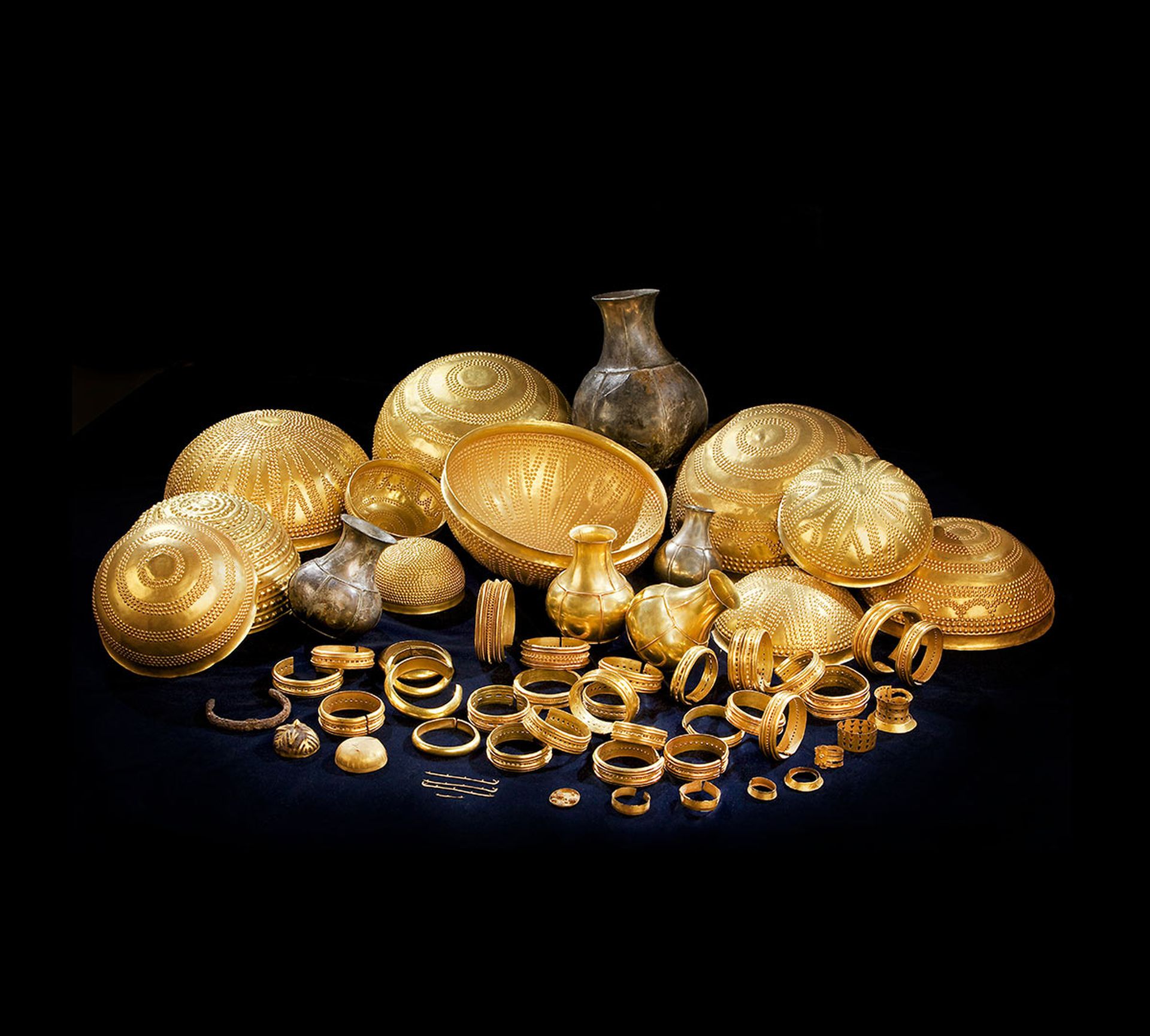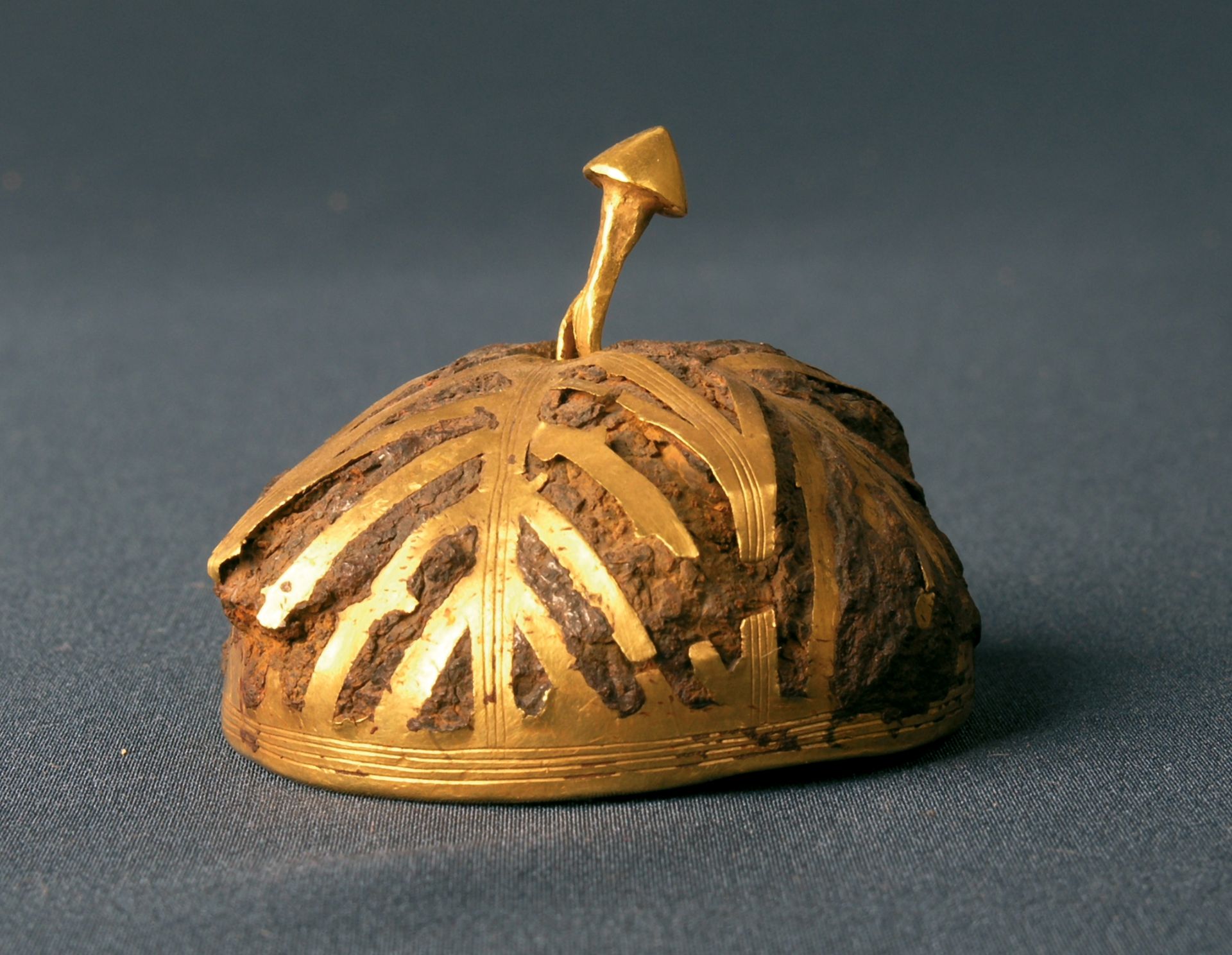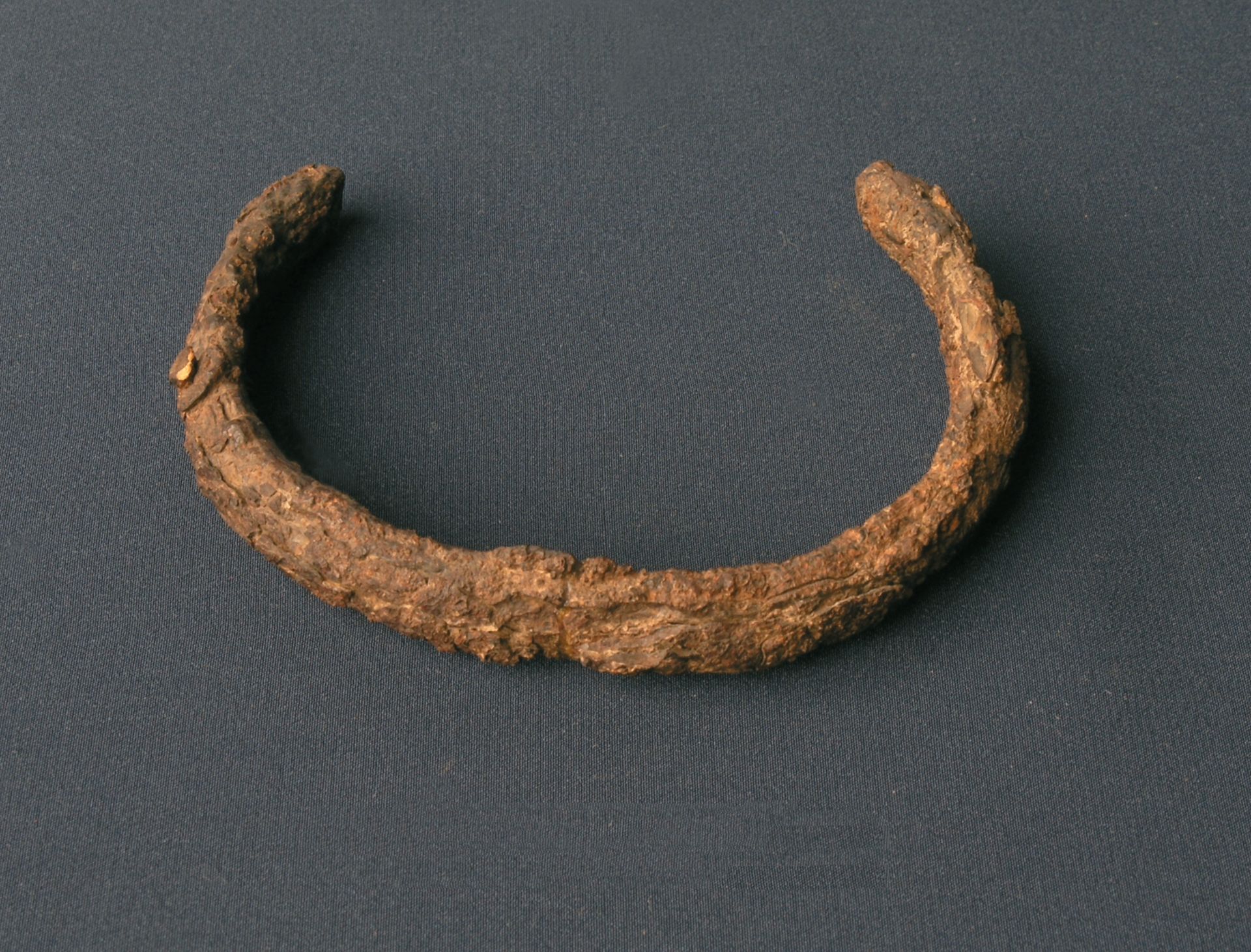and the distribution of digital products.
Mysterious strange metal artifacts reveal surprising ancient skills in Iberia

Amidst the shimmering gold artifacts of the famed Treasure of Villena, unearthed in Spain in 1963, two seemingly ordinary corroded objects are sparking renewed fascination among archaeologists. Far from gold, these unassuming pieces—a dull bracelet and a hollow, rusted hemisphere—appear to hold secrets far older and rarer. Newly published research suggests these objects are forged from meteoritic iron, or “strange metal,” rather than terrestrial sources, an extraordinary feat given that the Iron Age hadn’t yet begun in the Iberian Peninsula when they were crafted. This revelation not only challenges prior assumptions about Bronze Age technology but also highlights how “strange metal” might have been among the most precious materials of the time.
The discovery, spearheaded by Salvador Rovira-Llorens, former head of conservation at Spain’s National Archaeological Museum, suggests a level of metallurgical sophistication well beyond what was previously thought possible in the region over 3,000 years ago. Archaeologists have long marveled at the intricate goldsmithing of the Treasure of Villena, a collection of 66 items dating back to between 1500 and 1200 BCE, which remains one of the most significant caches of Bronze Age gold artifacts in Europe.
However, the introduction of these two strange metal objects suggests that ancient Iberians may have developed techniques for working meteoritic iron, even before terrestrial iron smelting was widespread.
Why was this strange metal so rare and valuable?Historically, meteorite iron is much richer in nickel compared to Earth-based iron, making it a rare and highly prized resource for Bronze Age artisans across various cultures. Testing at Villena’s Municipal Archaeological Museum confirmed this unique composition in the bracelet and hemisphere, aligning these artifacts with other ancient pieces known to use meteoritic iron, like the famed dagger of Tutankhamun.
Such strange metal was not only a symbol of advanced metallurgy but a cultural emblem, connecting ancient communities to the heavens.
 Among these golden objects are two corroded iron artifacts—a bracelet and a hollow hemisphere (Image credit)
Why the strange metal is so strange to find?
Among these golden objects are two corroded iron artifacts—a bracelet and a hollow hemisphere (Image credit)
Why the strange metal is so strange to find?
Two unique items within the Villena Treasure—a hollow hemisphere and an open bracelet—appear to be crafted from iron, a puzzling choice of material for the period. Described as having a “ferrous appearance” upon discovery, these artifacts posed a challenge because the Iron Age had not yet reached Iberia when the rest of the collection was produced. Preliminary analyses suggested that this strange metal might be meteoritic iron, a rare material highly prized in ancient societies.
Meteoritic iron, with its high nickel content, distinguishes itself from terrestrial iron by a distinct elemental composition and, at times, a cross-hatched Widmanstätten structure that emerges when viewed under a metallographic microscope.
AI is virtually unwrapping the past
In 2007, researchers received permission to analyze small samples from the two iron artifacts to confirm their composition. Utilizing mass spectrometry, they detected a nickel concentration consistent with meteoritic iron, aligning these objects with other Bronze Age artifacts made from extraterrestrial materials, such as the famed meteoritic dagger of Pharaoh Tutankhamun.
Although corrosion affected the metal’s surface, the findings strongly suggest that these objects were crafted from meteoritic iron, a rare and revered material in ancient times.
Dating the Villena TreasureEstablishing the Villena Treasure’s precise date has been challenging. Suggestions for its origin span from the High Bronze Age (1500–1300 BCE) to the Late Bronze Age, around the 8th century BCE, partly due to the presence of two iron artifacts. Studies of similar finds, such as the Cabezo Redondo Treasure also discovered in 1963, provide clues that suggest both treasures may date to 1400–1200 BCE, coinciding with the peak activity of the Cabezo Redondo settlement.
However, the presence of two iron artifacts has raised questions about this chronology, as iron was not commonly used in the region until later.
 This discovery suggests Iberians worked with meteoritic iron well before the Iron Age (Image credit)
What the strange metal reveals about ancient societies?
This discovery suggests Iberians worked with meteoritic iron well before the Iron Age (Image credit)
What the strange metal reveals about ancient societies?
The discovery of meteoritic iron in the Treasure of Villena adds to a growing list of Bronze Age artifacts crafted from “strange metal” worldwide. Along with the practical advantages of meteoritic iron—such as its strength and lack of smelting requirements—the metal’s extraterrestrial origins likely held cultural and spiritual weight.
This finding, while rooted in Spain, adds depth to our understanding of ancient metallurgical practices and global connections, as similar techniques and values are found in artifacts from Egypt and beyond.
As further research develops, strange metal could help unravel ancient trade networks and technological exchanges, shedding light on how early civilizations valued materials not just for their beauty or utility but for their cosmic origin and the mystery they held within.
You can find detailed information about the research and the characteristics of the metal in the publication of Trabajos de Prehistoria.
Featured image credit: Villena Museum
- Home
- About Us
- Write For Us / Submit Content
- Advertising And Affiliates
- Feeds And Syndication
- Contact Us
- Login
- Privacy
All Rights Reserved. Copyright , Central Coast Communications, Inc.